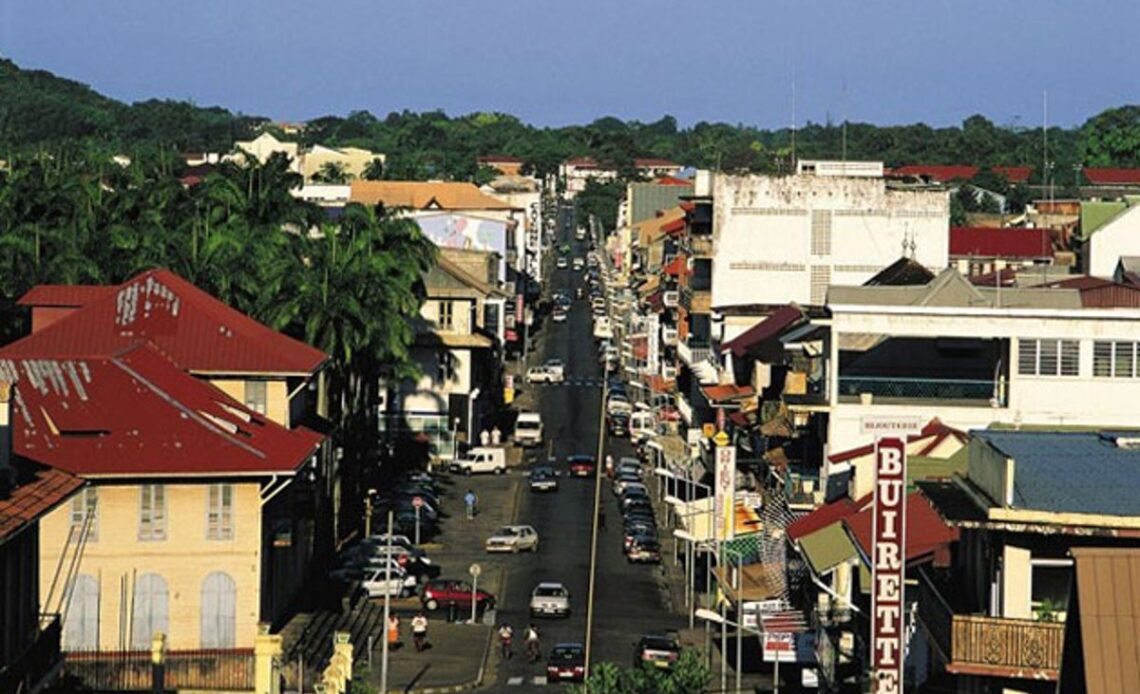The difficulties with French Guiana begin with trying to locate it on a map. Seldom has a place been as easily and as frequently confused with somewhere else: Ghana on the western coast of Africa, Guyana east of Venezuela, Guinea next to Senegal, Equatorial Guinea below Cameroon…
In fact, French Guiana (you can’t call it a country, for reasons that are about to become clear) is located on the malarial northern coast of South America, between Surinam to the north-west and Brazil to the south. The added twist for this impoverished, malarial land is that it is technically part of France.
As with the scattered islands of Guadeloupe, Martinique and Réunion, Guyane – as the French call it – is a Département d’Outre-Mer, having been absorbed by its former colonial master in 1946. As a result, French Guiana is now as much a part of the European Union as Berkshire or Bavaria; its highest legal authority is the Court of Justice in Strasbourg; its agricultural and fishery policies are defined in Brussels; and its currency, valid even in the Indian settlement of Pilakoupoupiaina on the Oyapock River, is the euro, the currency controlled by the European Central Bank in Frankfurt. Indeed, if you look on the back of a euro note, right next to the Greek EYPO, you can see French Guiana in a square of its own. Looking quite chunky, too: French Guiana is the size of Portugal. Yet only 200,000 people live here. The country has no economy to speak of. There is hardly any tourism, not least because the sea is plagued by sharks and, inshore at least, is brown from river sediment. Nor, thanks to the poor quality of the soil, is there any agriculture. Roads down to Brazil are largely impassable, and the territory’s sole reliable outlet to the world is the daily flight to Paris Orly from Rochambeau airport in the capital, Cayenne.
A layer of French bureaucracy and bourgeois ambition has been unevenly applied across this tropical kaleidoscope. In tin-roofed villages, terrains de boules abut voodoo temples. The country’s only two main roads, Routes Nationales 1 and 2, are fitted out with standard French signs, whose font, Frutiger 57 Condensed, is more accustomed to pointing the way to Nantes or Clermont-Ferrand but here twists itself around Amerindian place-names such as Iracoubo and Awala-Yalimapo. Restaurants (Café de la Gare, Bar Chez Pierrot…
Click Here to Read the Full Original Article at The Independent Travel…
